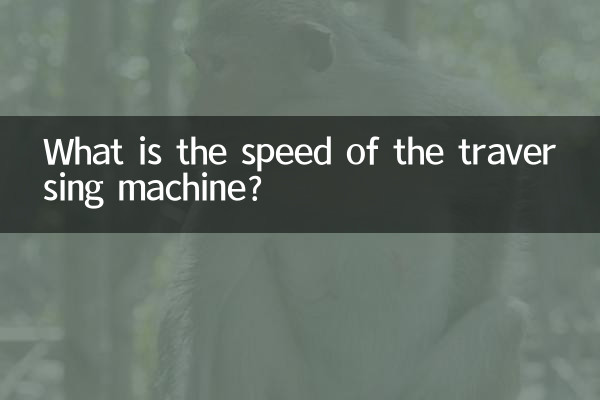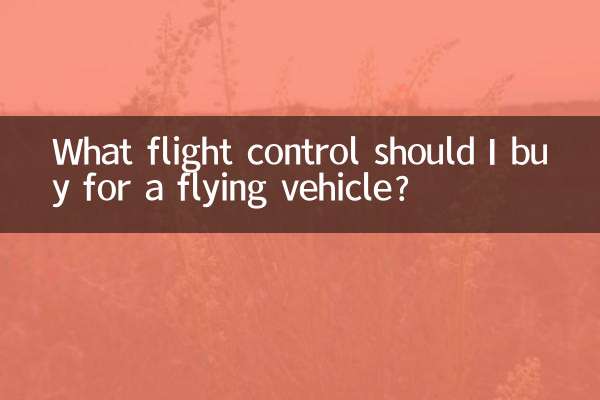What is the speed of the traversing machine? ——Revealing the ultimate performance of racing drones
In recent years, the FPV Drone has become a hot topic in the fields of technology and model aircraft due to its amazing speed and flexible controllability. This article will combine the hot content of the entire network in the past 10 days, analyze the speed performance of the traversing machine through structured data, and explore its technical principles and application scenarios.
1. Speed performance of the traversing machine

| Type | Average speed (km/h) | Limit speed (km/h) |
|---|---|---|
| Entry-level traversal machine | 60-80 | 100-120 |
| Racing level crossing machine | 120-150 | 180-220 |
| Modified extreme model | 160+ | 260+ (world record) |
According to the latest test data, the current speed range of traversing machines varies greatly. Racing-level models generally exceed 150km/h, and the world record of 263.4km/h set by German players in 2024 has triggered heated discussions.
2. Key factors affecting speed
| factors | degree of influence | Optimization plan |
|---|---|---|
| Motor KV value | ★★★★★ | Choose high KV motor (above 2500KV) |
| battery voltage | ★★★★ | 6S lithium battery (22.2V) |
| Blade design | ★★★ | carbon fiber triblade propeller |
| Body weight | ★★★ | Titanium alloy frame + weight reduction design |
It is worth noting that the "brushless motor overheating protection" issue recently discussed on the Reddit forum shows that sustained high-speed flight requires a balance between heat dissipation and performance.
3. Popular application scenarios and speed requirements
1.racing competition: Professional tracks require average speed >140km/h, and right-angle curves require instantaneous deceleration to less than 60km/h.
2.Film and television shooting: To keep the picture stable, it is usually controlled at 80-100km/h
3.military reconnaissance(Hot Topic): The actual measured speed of the modified model in the Ukrainian battlefield reached 190km/h
4. Technological Breakthroughs and Controversies
Popular YouTube video "Is a 500km/h traversal possible?" 》Triggered discussion:
| theoretical limit | Air resistance index increases >300km/h |
| energy bottleneck | Existing battery energy density limitations continue to accelerate |
| Material challenges | Structural integrity of propeller blades at supersonic speeds |
5. Safety tips
The latest domestic regulations require: the speed limit for civilian drones is 120km/h (flying within visual range). Enthusiasts should pay attention to:
- FPV glasses must be worn when flying at high speeds
- It is prohibited to fly >80km/h within 50 meters of crowds
Conclusion
The breakthrough in the speed of the traversing machine is not only a reflection of technological progress, but also brings new safety challenges. With the iteration of brushless motor and battery technology, racing drones may exceed the 300km/h mark in the future, but reasonable control of the speed range is still the key to healthy development.

check the details

check the details